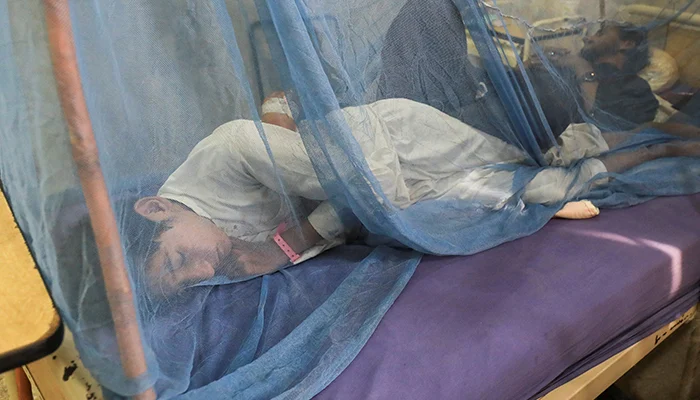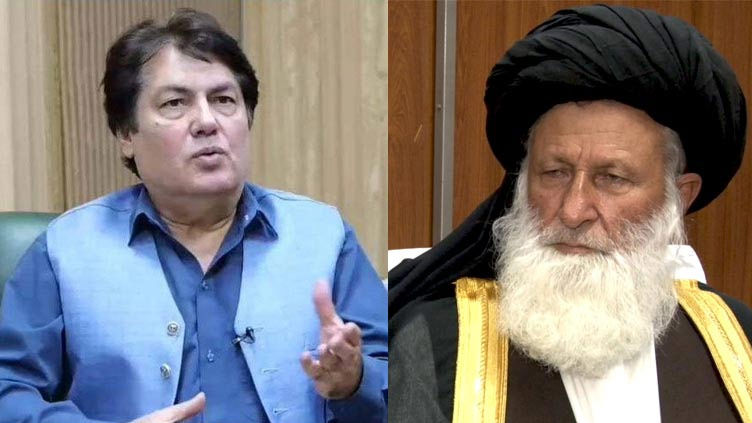Pakistan
Gastroenteritis, malaria kill 9 more people in Pakistan floods aftermath

Latest News
PTI and JUI (Sherani) decide to proceed by consensus.
Business
SFD and Pakistan Sign Two Deals Totaling $1.61BLN
Entertainment
‘Kashmir Banay Ga Pakistan’ is a new song teased by ISPR for Solidarity Day
-

 Latest News2 days ago
Latest News2 days agoUNSC Briefing on Yemen: Pakistan Demands Urgent Humanitarian Assistance and Discussion
-

 Latest News2 days ago
Latest News2 days agoThe arrest of Shareefullah demonstrates the vitality of Pakistan-US cooperation in the fight against terrorism.
-

 Latest News2 days ago
Latest News2 days agoReduced Electricity Prices: Under the January FCA, NEPRA Reduces Tariff by Rs 2.12 Per Unit
-

 Latest News2 days ago
Latest News2 days agoDevelopment Project in Lahore: CM Punjab Directs Canal Desalination
-

 Latest News2 days ago
Latest News2 days agoParliamentary Meeting: On Monday, the President Calls a Joint Session of Parliament
-

 Latest News3 days ago
Latest News3 days agoThe SC requests a daily update on the Arshad Sharif murder case.
-

 Latest News3 days ago
Latest News3 days agoChinese Leaders Are Congratulated by the PM for Successful CPPCC Sessions
-

 Latest News2 days ago
Latest News2 days agoCOAS Visits Bannu and Promises Terrorism Justice














